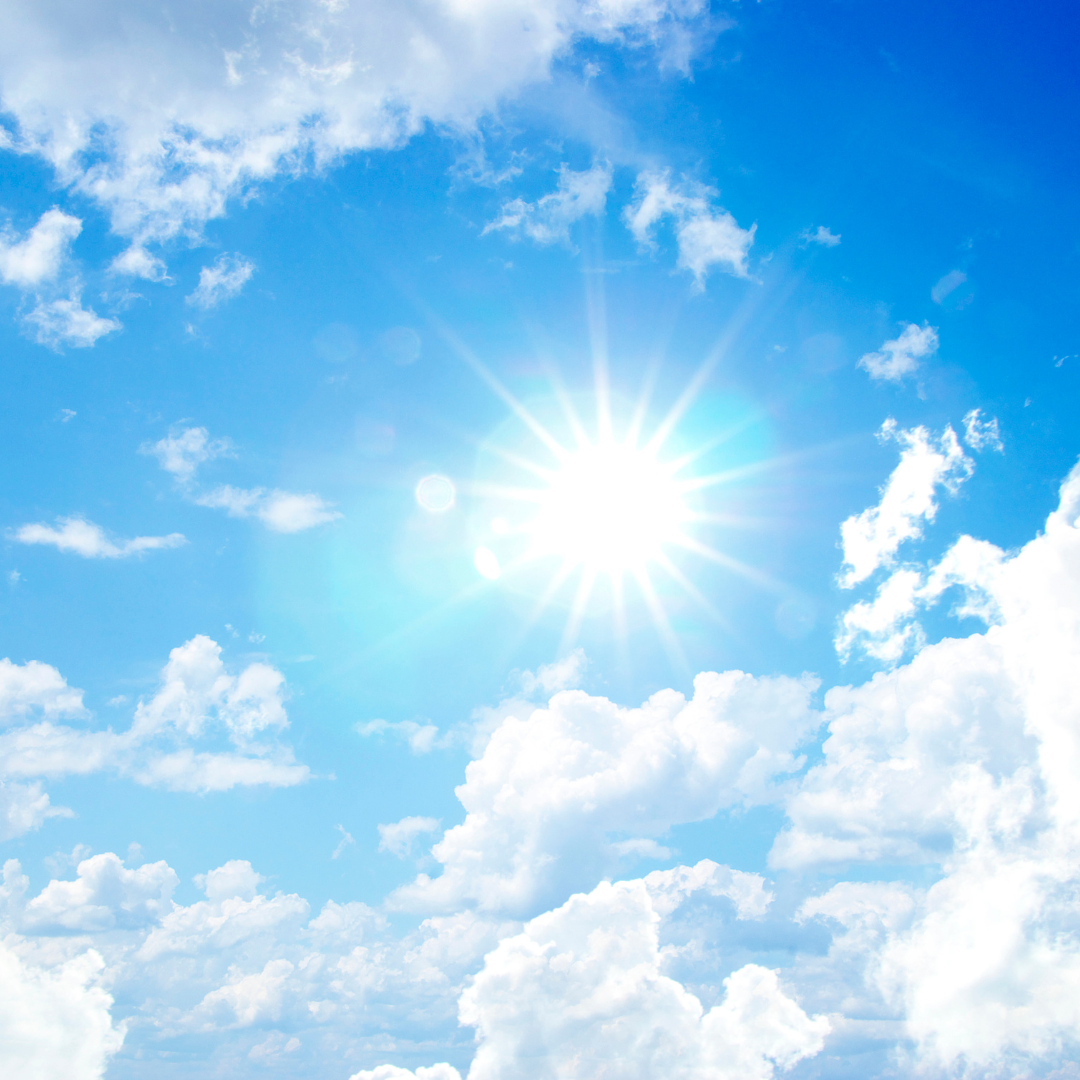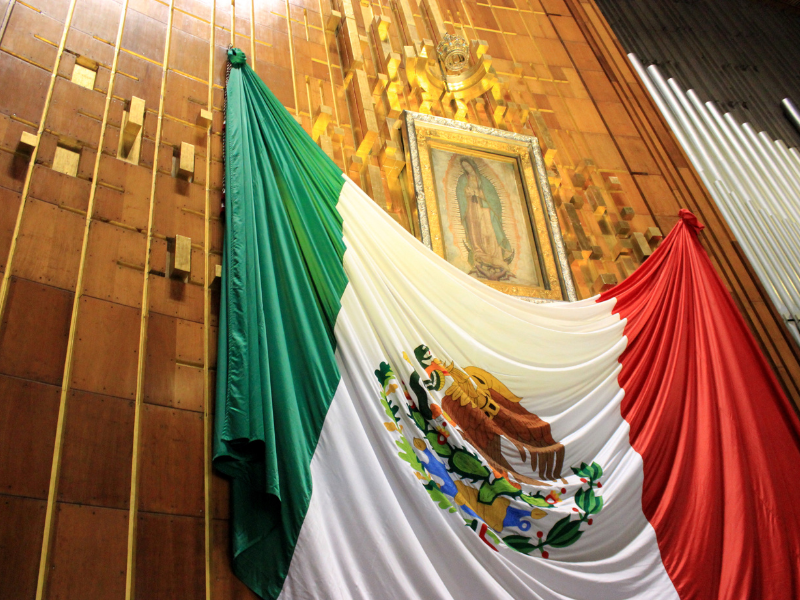Unlocking the Mysteries of Our Lady of Guadalupe: A Historical Journey
Origins of the Guadalupe Narrative
In the early 16th century, Mexico witnessed a clash of cultures as Spanish conquistadors introduced a new religion and culture. Amidst this tumultuous backdrop, the story of Our Lady of Guadalupe (Virgen de Guadalupe) emerged.
-
The Tale of Juan Diego: In December 1531, Juan Diego, an indigenous man, allegedly encountered the Virgin Mary on the outskirts of Mexico City. She appeared radiating light, expressing her desire for a temple, and instructed Juan Diego to relay her message to the skeptical bishop.
-
A Miraculous Sign: Juan Diego's gathering of roses in his tilma and the subsequent appearance of the Virgin Mary's image on the fabric became a powerful testament to her presence, sparking widespread awe and reverence.
-
A Bridge of Faith: The Guadalupe narrative became a bridge between indigenous traditions and Spanish Christianity, catalyzing the conversion of millions to Catholicism and uniting the Mexican people under a religious symbol of hope and unity.

Cultural Context in 16th-Century Mexico
Understanding the cultural backdrop of 16th-century Mexico is crucial to grasping the significance of the Guadalupe narrative.
-
Clash of Cultures: Before the Spanish conquest, Mexico was home to diverse indigenous civilizations, each with its customs and beliefs. The arrival of the Spanish brought about a clash of cultures and the pressure to adopt Catholicism.
-
Religious Syncretism: The Guadalupe narrative played a pivotal role in bridging the gap between indigenous beliefs and the new faith, offering a seamless integration of Catholicism with indigenous spirituality.

The Impact on Indigenous Conversion
The Guadalupe narrative's roots lie in the transformative events of 16th-century Mexico, marked by the miraculous appearance of the Virgin Mary.
- A Divine Encounter: Saint Juan Diego's encounter with the radiant woman and the subsequent miraculous imprinted image on his tilma led to a profound transformation in religious and cultural dynamics.

Apparition and Its Symbolism
Explore the intricate symbolism present in the apparition of Our Lady of Guadalupe.
-
Rich Symbolism: Our Lady's appearance as a young indigenous woman symbolized her connection with the native population, while the colors and celestial elements in the image held deep significance, reaffirming the event's authenticity.
-
Cultural Significance: The floral patterns on the Virgin's dress bore profound meaning within the Aztec culture, emphasizing the merging of indigenous traditions with Catholicism.

Interpretations and Analysis
Dive into various interpretations and analyses surrounding the Guadalupe apparition.
-
Marian Devotion: The Guadalupe narrative deepened devotion to the Virgin Mary, offering solace and personal connection to those who seek her intercession.
-
Cultural and Socio-Political Significance: Some view the apparition as a strategic move by the Spanish to accelerate indigenous conversion, highlighting power dynamics and assimilation in 16th-century Mexico.
-
Scientific and Skeptical Perspectives: Examining the tilma and the image through forensic analysis, scientists and skeptics provide alternative explanations for the phenomenon.
The Original Miraculous Image and Its Examination
Discover the significance of the original image of Our Lady of Guadalupe and the mysteries that surround it.
-
Mysterious Preservation: Despite being made of agave fibers, the image remains intact and vibrant, defying the passage of time.
-
Scientific Examination: Advanced technologies have unveiled that the image's pigments do not match 16th-century paints, and the absence of brush strokes raises questions about its creation.

Depictions in Art Through History
Explore the artistic representations of Our Lady of Guadalupe throughout history.
-
Early Depictions: From the Codex Escalada to Baroque paintings, artists have portrayed the Virgin Mary in various styles, capturing the essence of her image.
-
Modern Interpretations: In contemporary art, artists continue to draw inspiration from Guadalupe, blending traditional symbolism with modern elements in diverse mediums.

Modern Interpretations and Inspirations
Discover how Our Lady of Guadalupe has influenced modern cultural and social movements.
-
Chicano Movement: During the 1960s and 1970s, Guadalupe became a symbol of unity and empowerment for Mexican-American activists, reclaiming cultural heritage and challenging inequalities.
-
Pop Culture Influence: Guadalupe's image is featured in tattoos, fashion, music, and popular art, representing not only religious devotion but also Mexican identity and pride.

The Influence on Religion and Society
Uncover the significant role that Our Lady of Guadalupe plays in Mexican Catholicism and the broader Mexican society.
-
Prominent Role: Guadalupe is a powerful symbol of faith, protection, and miracles, housed in the Basilica of Guadalupe, one of the world's most important pilgrimage sites.
-
Cultural Impact: Her miraculous image is deeply ingrained in Mexican culture, influencing music, literature, and art, shaping the national identity.
Influence on Mexican National Identity
Explore how Our Lady of Guadalupe has shaped Mexican national identity.
-
Uniting Symbol: Guadalupe symbolized hope, resilience, and unity during cultural upheaval, inspiring poets, artists, and revolutionaries.
-
Cultural Integration: Depictions of Guadalupe often featured indigenous features, emphasizing mixed heritage and the merging of cultures.

International Impact and Pilgrimage
Witness the global influence of Our Lady of Guadalupe, transcending borders and inspiring millions.
-
Global Devotion: The devotion to Guadalupe has spread to various countries, with devotees establishing communities and shrines dedicated to her.
-
Annual Pilgrimage: The Guadalupe Festival on December 12th attracts pilgrims worldwide to the Basilica of Our Lady of Guadalupe in Mexico City, celebrating her enduring impact.





















Leave a comment